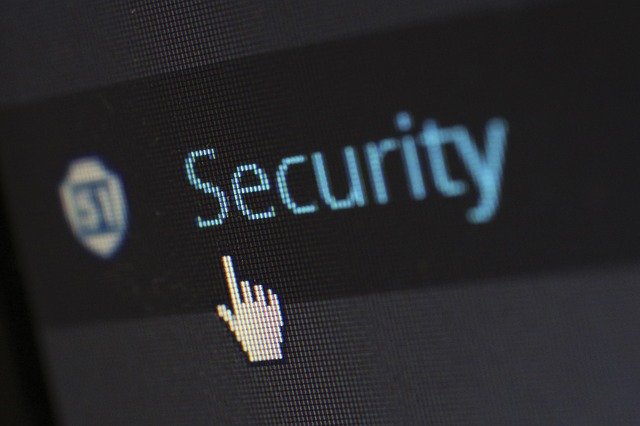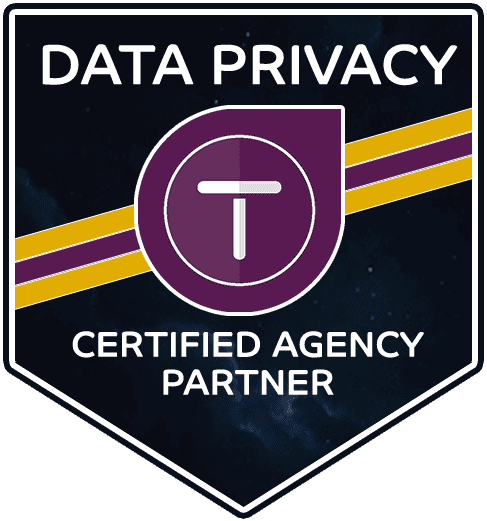
Should You Be Worried About Your WordPress Site’s Security?
Whether you’re running a blog, a business website, or a forum, The easiest way to protect your site and be confident about your WordPress security and your site’s security must be paramount. This is where the hackers come in. WordPress sites are an easy target for hackers because they’re open to vulnerabilities and can be exploited easily. If you want to protect your site and stay safe from hackers, there are some steps you can take to do just that. This article is about risk reduction from security breaches and what you can do to protect your site.
What are the most common vulnerabilities?
The most common WordPress vulnerabilities include outdated plugins, weak passwords, insecure file permissions, and inactive accounts with FTP access. It is no shocker that most folks still used Admin as their login, Generate a strong password will make all the difference. You can also limit login attempts with plugins like word fence. The most common vulnerability is that no one ever updates there site, nor do they ever update to latest PHP version for the site. All these thing play a role in protecting your site from malicious activity.
Changing the theme authors is another risk that many do not realize, pay attention as in almost all cases it is your login information. Changing undefined user roles and creating a new login name will make a difference as well in your security practices for your site.
WordPress security issues
WordPress is the most popular content management system (CMS) on the web and is used by 47.2 percent of all websites. WordPress sites are easy targets for hackers, which means you’re at risk if you’re not taking the necessary precautions. Just because it’s a popular site doesn’t mean it’s invulnerable to attack. If your site isn’t secure, your data can be stolen. Brute force attacks happen everyday and are a security risk for those that depend on their site for revenue.
Third-party plugins that are outdated need to be cleaned up for additional steps in protecting your site. When your online presence is everything to your business, you need to take steps to eliminate the bad actors that want to create a service attack on your site.
WordPress vulnerabilities
WordPress is an open-source platform that powers about 47 percent of the web’s websites. This makes it a prime target for hackers and cyber-criminals. Fortunately, there are some things you can do to protect your site. Would you be surprised that most folks never change their login from Admin? Everyday over 100k sites are attacked and taken over, but this does not have to happen to you. These actionable steps can help protect your site if done on a regular basis.
Additional security measures can be achieved by deleting outdated themes and plugins no longer used. Any outdated versions of either a plugin or theme pose security threats and a potential security risk for the site owner.
Adding HSTS To WordPress
Adding HSTS to your WordPress site is one of the best ways to stay safe. HSTS stands for HTTP Strict Transport Security, and it’s an important security measure that can help protect your site. It sets up a secure session between the server and the browser, which means that any time someone tries to access your site, they have to go through this secure tunnel. This helps prevent malicious code from being injected into your site. And creates a security header for your site.
In order to enable HSTS in WordPress all you need to do is download this plugin and it is done. Just by doing this you can help eliminate harmful code from being injected into your site. Your security enhancements will help prevent a brute force attempt on your site.
How can you protect your site?
There are many ways to protect your website from hackers. You can install a security plugin, use 2-step verification, do regular site backups, and more.
The first thing that you should do is install a security plugin on your site. This will help protect it against hackers because it’ll monitor your site and make sure that it’s safe. If there’s an attack on your site, the plugin will come in handy by blocking the hacker. Additionally, you should use 2-step verification so that there’s an extra layer of protection for your WordPress site. Using this will require two forms of identification when logging into your account: one sent through text message or email and the other being knowledge of a password. When you combine these two things together, you’re much less likely to have a hacker get into your account and compromise your website–which in turn protects you from attacks to your site.
You should also back up your WordPress database regularly as this is where all of the content for the website is stored. The database contains all of the information about posts on the website–posts that may not be backed up elsewhere by default–so without this backup, you risk losing all of this important information if something happens to the database like getting hacked or corrupted. It’s also really important to keep a backup copy offline as well for extra safety measures in case something does happen online with the database.
Strong Passwords and User Permissions
One of the first steps you can take to protect your site is to set up strong passwords and user permissions. This way, only people with the necessary permissions will be able to access sensitive data on your site. You’ll want to create an administrator account for yourself and then assign other people admin privileges as needed. Users should also have a limited amount of permissions in order to lessen the chance that they’ll accidentally delete something important.
You should also make sure that you’re using plugins that will allow you to monitor how many users are logging into your site at any given time. This way, if a hacker does try to log in, you’ll have an idea of when it happened and what they tried to do. Finally, it’s always a good idea to back up your site regularly so that if there ever is an issue, you can restore it with little effort.
Hide Log In
One of the most common methods that hackers use to break into a website is by guessing the username and password. So, one way you can protect your site is by hiding the log in page. If you have an admin panel on your site, then make sure it’s not publicly visible. You can put it behind a login page or at least with a URL like “wp-admin.php.” Change it to what ever you want with WPS Hide login
This will keep any new visitors from being able to see what page you’re using for your log in process. This will help to prevent simple guessing methods from working, as people won’t be able to go through thousands of usernames and passwords to find yours. A login lockdown will make a big difference in access control and protecting your site from malicious intent. Unauthorized access or also known as unauthorized logins, will look for an easier target and by pass you.
Conclusion
The Internet is an exciting place to be, but it can also be a dangerous one. And if you are running a website powered by WordPress, there are some very important things you should know about how to protect yourself.
WordPress is free and super easy to use, so it attracts a large number of users. This also unfortunately makes it a prime target for hackers. The most common vulnerabilities include SQL injection, phishing, and malware. One in five WordPress sites has malware installed on it.
To prevent these issues from happening, it’s important to make sure your WordPress site is up-to-date and that you have strong passwords and user permissions set up. Installing an SSL certificate also helps keep your site safe and secure.
It’s important to remember that you’re never 100% safe, but there are many ways to protect your site. If this seems to much we can handle all this for you by contacting us.


Dave Clouse
Six Gun Group is simply awesome to work with. Let them guide you through the world of the web using your ideas to promote your company. Professional and prompt.

TESTIMONIAL
What People Say About Us
What an awesome business! I cant thank Fred enough. Ive worked hard to get my Private Investigative business started and this guy is patient and really cares about getting my business out there. I look forwatd to his continued help and allowing me to help even more clients. Affordable and works really hard to get the business out there. Thanks Fred! Six Gun Group !

Fred Skaff
Lead SEO
Fred has 10 years In the SEO world that started in web design. He has a passion for helping small business.
CALL TODAY
Our Blog

Partner







